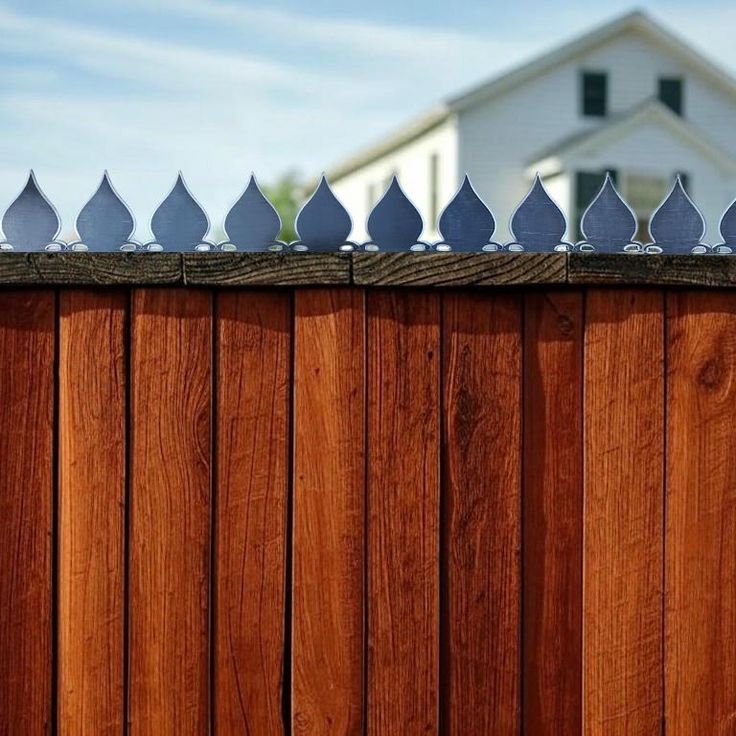



Disputes over shared fences can be a common issue between neighbours, especially when modifications like anti-climb spikes or deterrents are installed. While some homeowners install spikes for added security, they can raise concerns about legality, safety, and shared ownership rights. In this guide, we explore the legal position regarding fence spikes, how to resolve disputes, and what steps you can take if your neighbour has installed spikes on a shared fence.
Before taking any action, determine who owns the fence:
Shared fence: If ownership is shared, any modifications should be mutually agreed upon.
Neighbour-owned fence: If the fence is legally their property, they may have the right to install spikes.
Your fence: If you own the fence, your neighbour should not modify it without your consent.
Ownership details can often be found in property deeds or the Land Registry records.
While fence spikes are not outright illegal, they must comply with UK laws on safety and responsibility:
Health & Safety Laws: Any modifications that could cause injury (especially to children or pets) may be considered dangerous.
Occupiers' Liability Act 1984: If someone is injured by the spikes, even a trespasser, the fence owner could be held liable.
Local Council Regulations: Some councils have specific rules on fence heights and security measures. It’s worth checking local planning guidelines.
A polite conversation can often resolve disputes without legal intervention. Consider:
Expressing safety concerns, particularly if the spikes could injure children or pets.
Proposing alternatives such as trellis fencing, thorny plants, or warning signs.
Clarifying property boundaries to ensure they haven’t installed spikes on your side.
If discussions do not resolve the issue:
Community Mediation Services: Many councils offer free mediation to help neighbours reach agreements.
Local Council Complaints: If the spikes are hazardous or violate planning rules, the council may take action.
Seeking Legal Advice: If the spikes present a serious risk or are installed unlawfully, a solicitor can advise on legal steps.
Instead of spikes, consider:
Prickly plants or hedges as a natural deterrent.
Trellis fencing that discourages climbing while being aesthetically pleasing.
Security lighting & cameras for enhanced property protection.
If your neighbour has installed spikes on a shared fence, the best course of action is to verify ownership, discuss concerns diplomatically, and explore legal options if necessary. In cases where safety is at risk, council intervention or legal advice may be required. For expert guidance on property disputes, Fraser Bond can assist with legal insights and mediation recommendations.